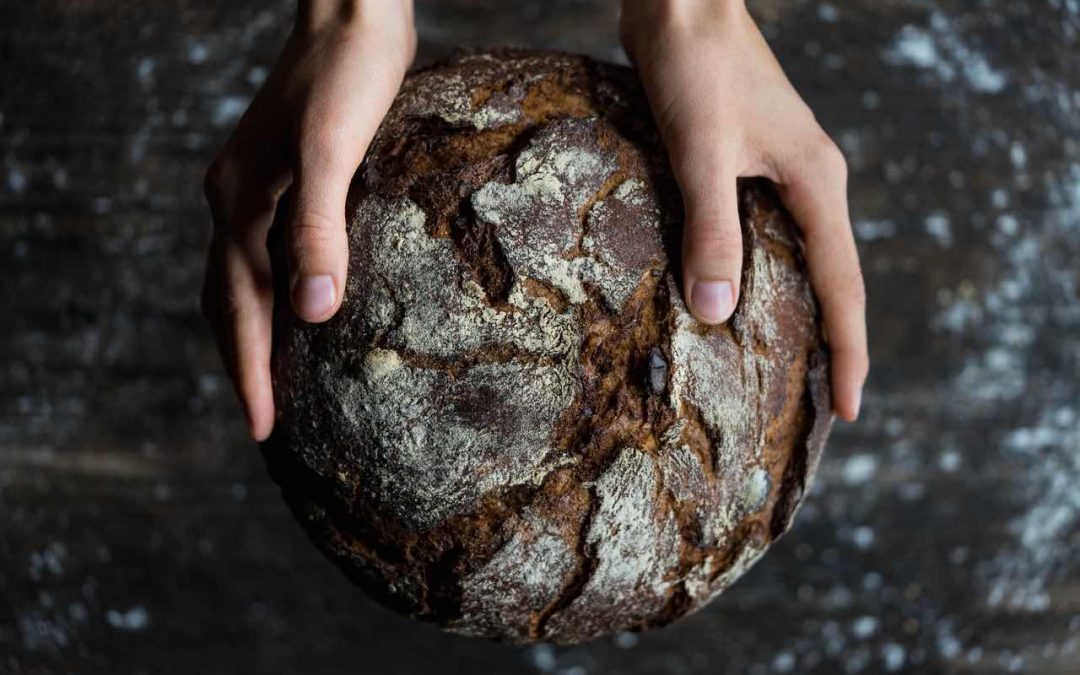Is Your ‘Healthy’ Bread Actually Good For You?
To find the healthiest brown bread, start by looking for whole grains. Adults should eat about 48 grams of whole grains a day, and studies show that they may help lower the risks of heart disease and Type 2 diabetes. Examine these labels to choose your loaf wisely.
●100% Whole Grains. This language indicates that a bread’s flour is made from the entire grain kernel — the bran, endosperm, and germ. Refined grains, such as white flour, contain only the endosperm. The bran and germ are where most of the healthy stuff — antioxidants, B vitamins, fiber, and other nutrients — is found.
●100% Whole Grain stamp. A 100% Whole Grain stamp means all of the bread’s grain ingredients are whole grain, and it has at least 16 grams of whole grains per serving. A 50%+ stamp means at least half are whole grains, and a stamp without a percentage means less than half are whole grains, but the product contains at least 8 grams.
●Whole Grain and Whole Wheat. Whole-wheat bread is made with whole-wheat flour. Whole-grain bread can also include other types of grains, such as oats, brown rice, and barley. As long as the bread is 100 percent whole grain, the two types are equally nutritious.
●Made with Whole Grain. This phrase can be confusing — especially when “made with” appears in small print — because the bread may still contain mostly refined grains, which are not as nutritious as whole grains.
●Multi-Grain. This indicates a bread with more than one type of grain, but you won’t know how many — or whether they’re refined or whole — based on those words alone.
●21 Whole Grains and Seeds. How many types of whole grains a bread has mattered less than where they appear in the ingredients list: Look for whole grains toward the top, which means they are the main ingredient. If they’re buried far down on the label, they may just be sprinkled in or added as a topping.
●USDA Organic. Bread with this seal are made with at least 95 percent organic ingredients, and the grains used were not grown with harmful synthetic pesticides.
●Good Source of Fiber. By Food and Drug Administration standards, a product with this claim contains between 2.8 and 5.3 grams of fiber per serving. But if you want to know the exact amount, check the fiber grams on the nutrition panel.
●Double Fiber. This typically means a loaf’s fiber is double the amount found in that same brand’s other whole-grain options. To get there, some brands use added fibers such as “cellulose fiber,” but our experts say fiber from whole grains is better.









Recent Comments